Latest NRAO News
News is managed by NRAO News & Public Information. Questions about News? Have a story to share? Want to interview a scientist or create new media about our telescopes?
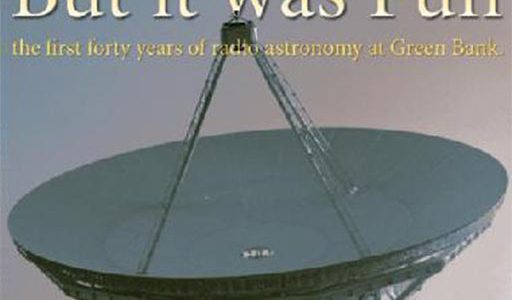
A new book published by the National Radio Astronomy Observatory tells the story of the founding and early years of the Observatory at Green Bank, West Virginia. But it was Fun: the first forty years of radio astronomy at Green Bank, is not a formal history, but rather a scrapbook of early memos, recollections, anecdotes and reports.

Associated Universities, Inc, and the National Radio Astronomy Observatory have awarded the 2007 Karl G Jansky Lectureship to Professor Karl M Menten of the Max-Planck-Institute for Radioastronomy in Bonn, Germany.
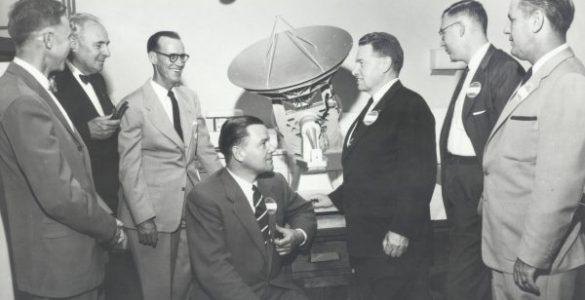
Radio telescopes now in operation or under construction will be indispensible to scientists wrestling with the big, unanswered questions of 21st-Century astrophysics. That was the conclusion of a wide-ranging scientific meeting held in Charlottesville, Virginia, June 18-21, to mark the 50th anniversary of the National Radio Astronomy Observatory (NRAO).
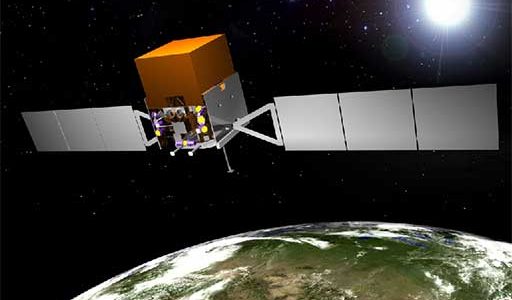
The National Radio Astronomy Observatory is teaming with NASA’s upcoming Gamma-ray Large Area Space Telescope to allow astronomers to use both the orbiting facility and ground-based radio telescopes to maximize their scientific payoff.
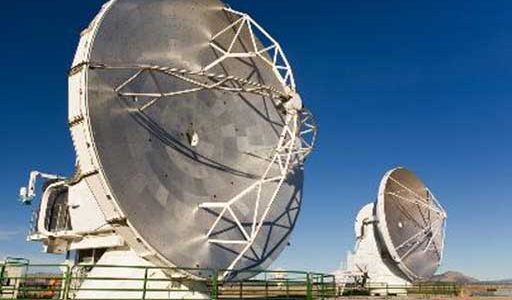
The Atacama Large Millimeter/submillimeter Array, an international telescope project, reached a major milestone on March 2, when two ALMA prototype antennas were first linked together as an integrated system to observe an astronomical object.
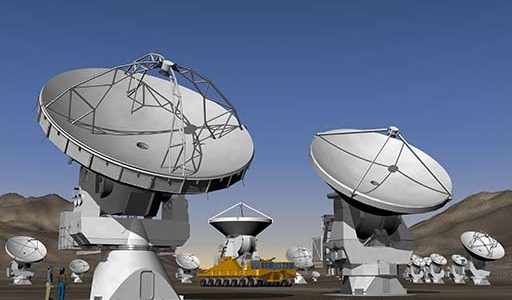
Two teachers from the town of San Pedro de Atacama, in the northern desert of the South American nation of Chile, arrive in Magdalena, New Mexico, Sunday, January 28, for a two-week visit that is part of a Sister Cities program sponsored by Associated Universities, Inc, the nonprofit research corporation that operates the National Radio Astronomy Observatory.
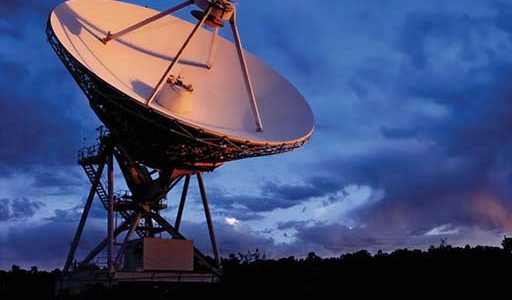
The National Science Foundation’s Astronomy Senior Review Committee report, released today, made major recommendations for restructuring the NSF’s ground-based astronomy efforts, including significant changes for the National Radio Astronomy Observatory.
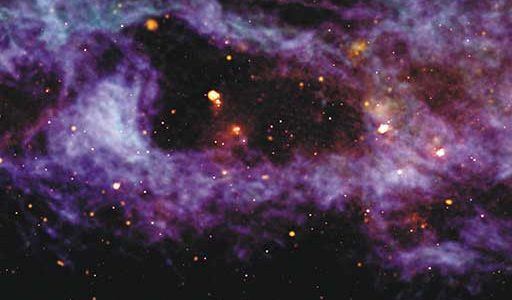
A striking image of an enormous bubble blown into the dusty gas disk of our own Milky Way galaxy has won first place in the National Radio Astronomy Observatory’s second annual Radio Astronomy Image Contest.
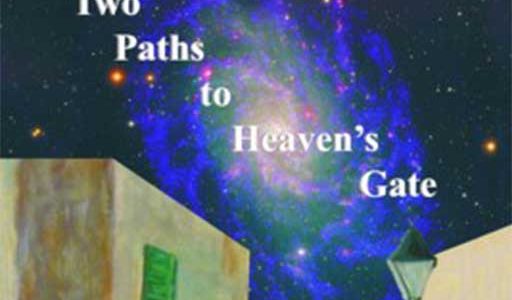
One of the pioneers of radio astronomy tells her story of the formative years of that science in a memoir published by the National Radio Astronomy Observatory.
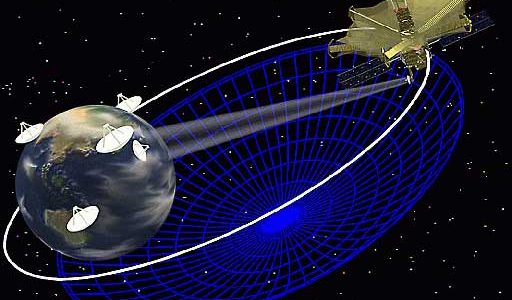
The International Academy of Astronautics (IAA) is presenting an award to a pioneering team of scientists and engineers who combined an orbiting radio-astronomy satellite with ground-based radio telescopes around the world to produce a “virtual telescope” nearly three times the size of the Earth. The team, which includes two scientists from the National Radio Astronomy Observatory (NRAO), will receive the award in a ceremony Sunday, October 16, in Fukuoka, Japan.





